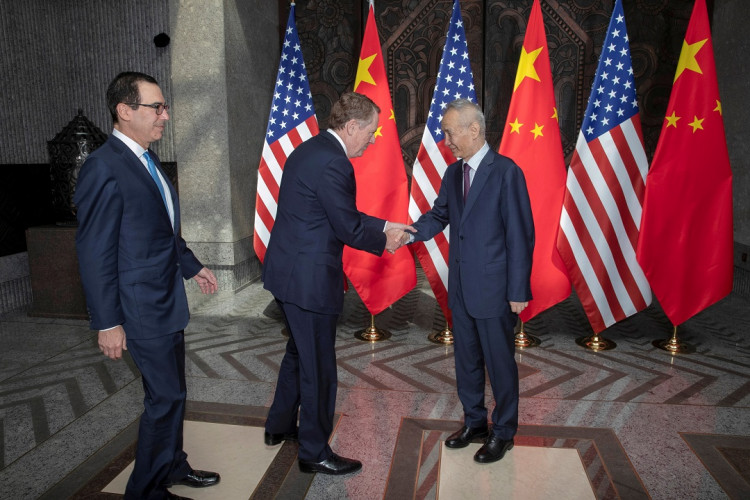Both the United States and China have recently imposed measures against each other that seemingly points to there being no end to their trade dispute.
Despite the significant escalation in the tensions between two of the largest economies in the world, both sides are apparently still open to pushing ahead with their planned meeting in September.
Prior to the sudden escalation of the trade war, negotiators from both sides had agreed to hold another round of trade talks in Washington in September.
Both sides are reportedly still open to having those talks. According to the former Chinese vice-minister of commerce, Wei Jianguo, the next face-to-face meeting is still likely going to happen.
The September meeting was agreed upon by both parties when US negotiators visited Shanghai last month to meet with the Chinese negotiating team led by Vice-Premier Liu He. The Shanghai meeting was the first face-to-face meeting since the G20 summit in Osaka where US President Donald Trump met with Chinese President Xi Jinping.
While the chances of there being an amicable trade deal are slim to none, negotiators from both sides might still want to throw ideas at each other in an attempt to find a way to put a stop to the tit-for-tat trade actions. Wei added that if the meeting does push through, it might ease the already high tensions between both nations.
According to reports citing sources close to the matter, China is apparently preparing to hold video conferences this month as a way to lay the groundwork for the face-to-face meeting. The conferences are meant to revisit vital trade issues, which will be tackled further during the actual sit-down meeting.
The sentiments from the former Chinese official echoed that of US economic adviser Larry Kudlow. Trump's economic adviser mentioned this week that he still expects his Chinese counterparts to visit the country in September for another round of talks.
Kudlow mentioned that Trump and his team are already making preparations for the Chinese visit and that they are pretty much still open to negotiations. The US official teased that if the outcome of the talks would be positive, it could very well change the current tariff situation.
Trump announced last week that the country would be imposing a 10 percent tariff on an additional $300 billion worth of Chinese goods starting on September 1.
Trump reasoned that he was forced to implement such a measure because China had failed to keep their end of the bargain, which involved their promise to purchase more US agricultural products.






